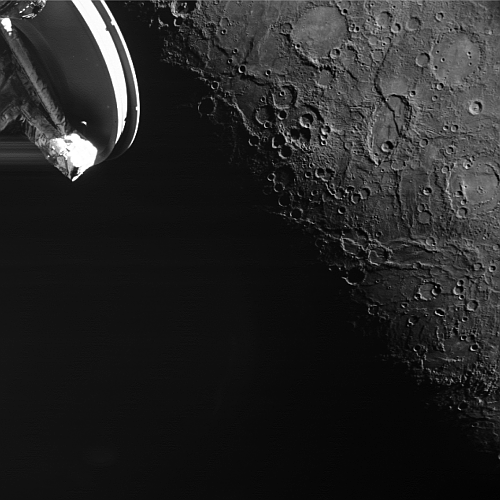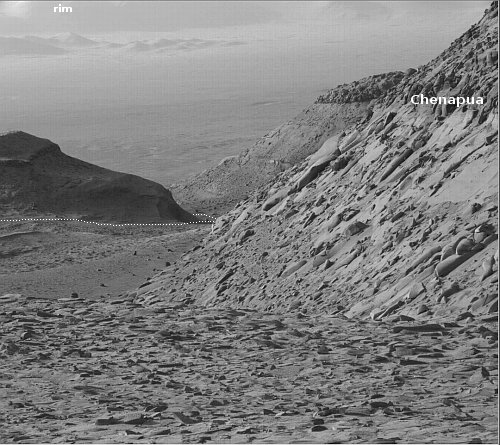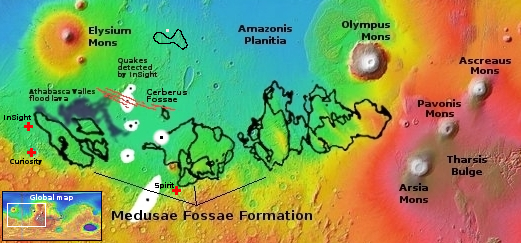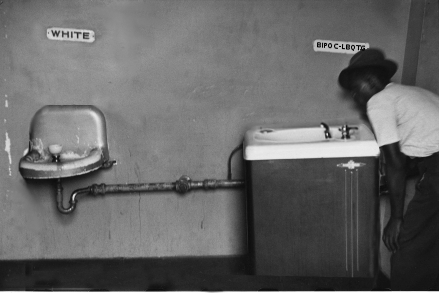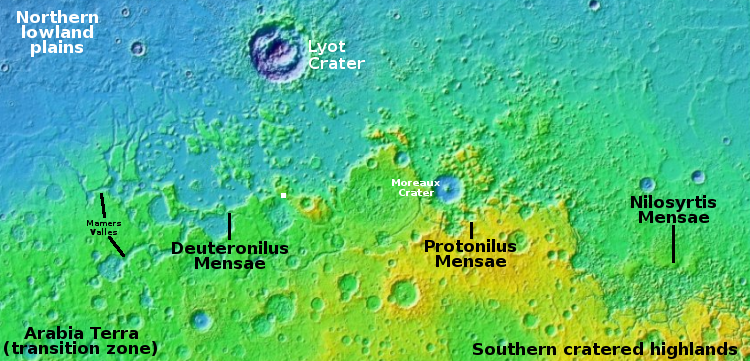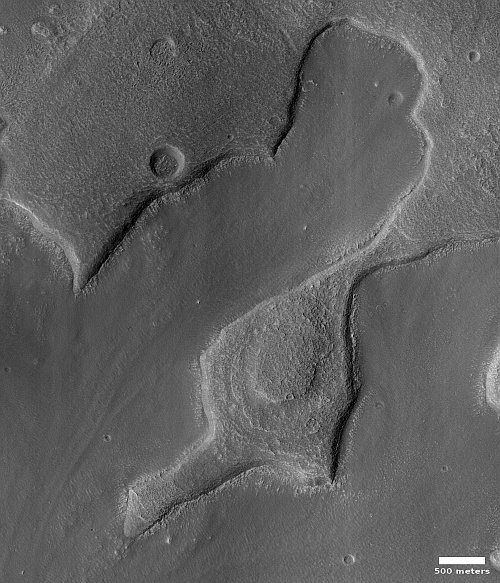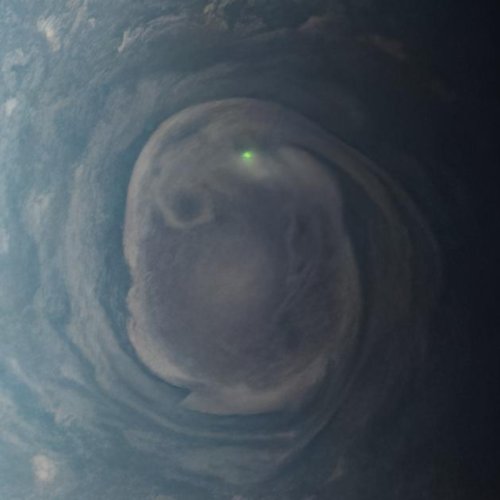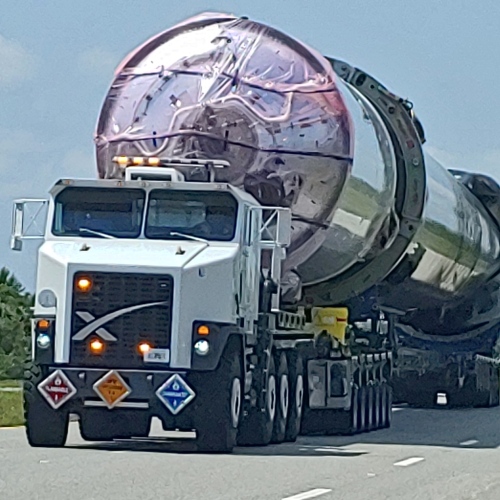Russia gets a launch contract!
In what has become a very rare event, Russia’s state-run press today announced that Roscosmos has won a launch contract for its Soyuz-2 rocket from the United Arab Emirates (UAE).
“On June 27th at 3:34 p.m. UAE time [2:34 Moscow time], [UAE’s] MBR Space Centre will launch its maiden mission, PHI-Demo, from Russia’s Vostochny Cosmodrome using the Soyuz-2 rocket as part of the Payload Hosting Initiative,” the media office said in a statement.
The statement says that the initiative, jointly led by MBRSC [UAE’s space agency] and the United Nations Office for Outer Space Affairs (UNOOSA), is aimed at providing space access and hastening the sustainable progression of novel space technologies.
The satellite will be a secondary payload on the launch of a Russian weather satellite.
It seems this UN office wants to help the Russians, and is working to encourage other nations to use its rockets to get into space. Because of Russia’s invasion of the Ukraine, it has lost all of its international launch business. UNOOSA is apparently working to recover Russia some of that business.
The UAE meanwhile appears to be trying to light the candle from both ends, working extensively with NASA and American private companies while also attempting to partner with Russia and China.
In what has become a very rare event, Russia’s state-run press today announced that Roscosmos has won a launch contract for its Soyuz-2 rocket from the United Arab Emirates (UAE).
“On June 27th at 3:34 p.m. UAE time [2:34 Moscow time], [UAE’s] MBR Space Centre will launch its maiden mission, PHI-Demo, from Russia’s Vostochny Cosmodrome using the Soyuz-2 rocket as part of the Payload Hosting Initiative,” the media office said in a statement.
The statement says that the initiative, jointly led by MBRSC [UAE’s space agency] and the United Nations Office for Outer Space Affairs (UNOOSA), is aimed at providing space access and hastening the sustainable progression of novel space technologies.
The satellite will be a secondary payload on the launch of a Russian weather satellite.
It seems this UN office wants to help the Russians, and is working to encourage other nations to use its rockets to get into space. Because of Russia’s invasion of the Ukraine, it has lost all of its international launch business. UNOOSA is apparently working to recover Russia some of that business.
The UAE meanwhile appears to be trying to light the candle from both ends, working extensively with NASA and American private companies while also attempting to partner with Russia and China.

